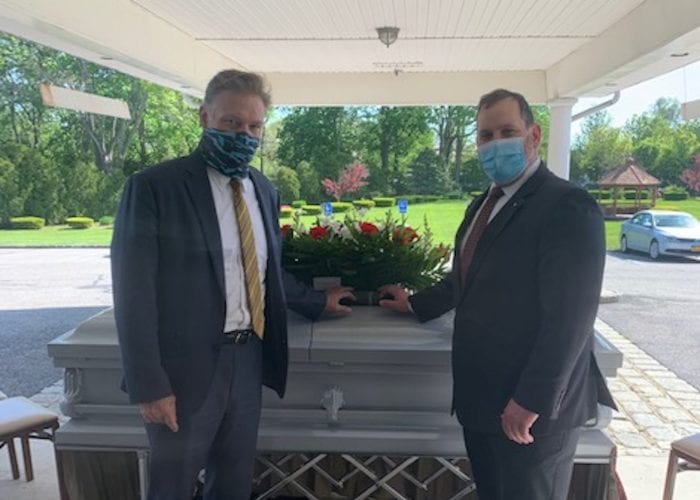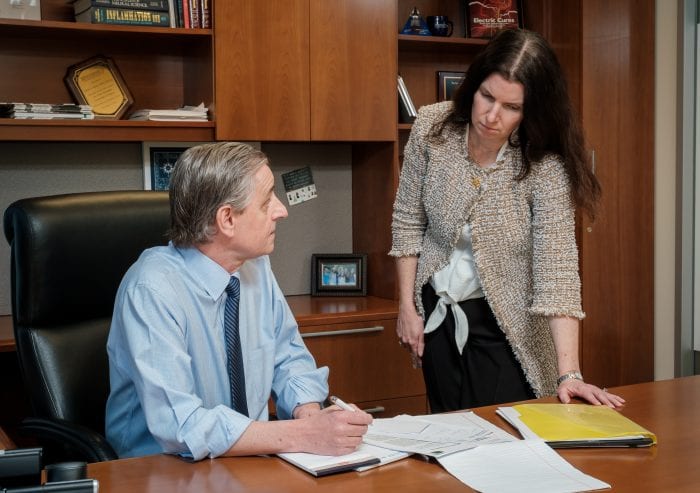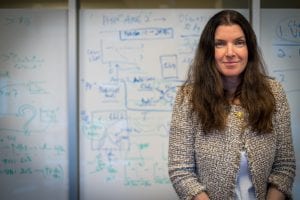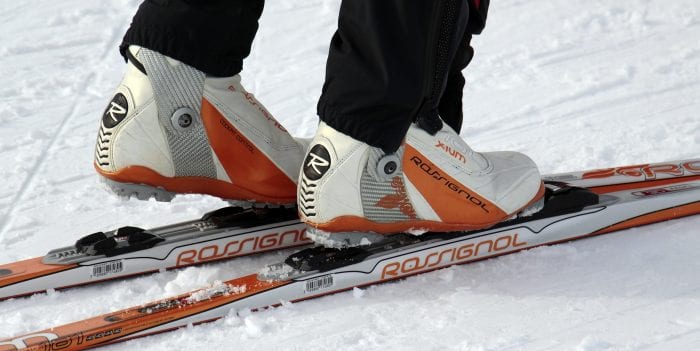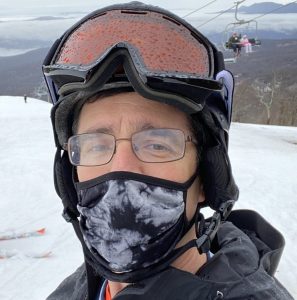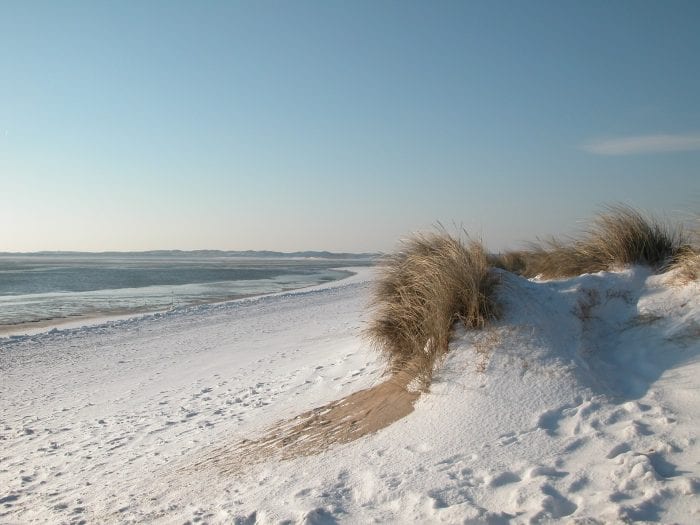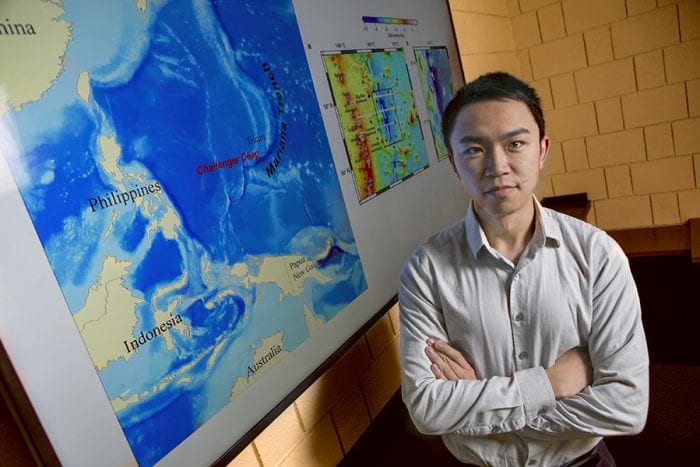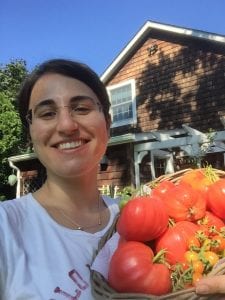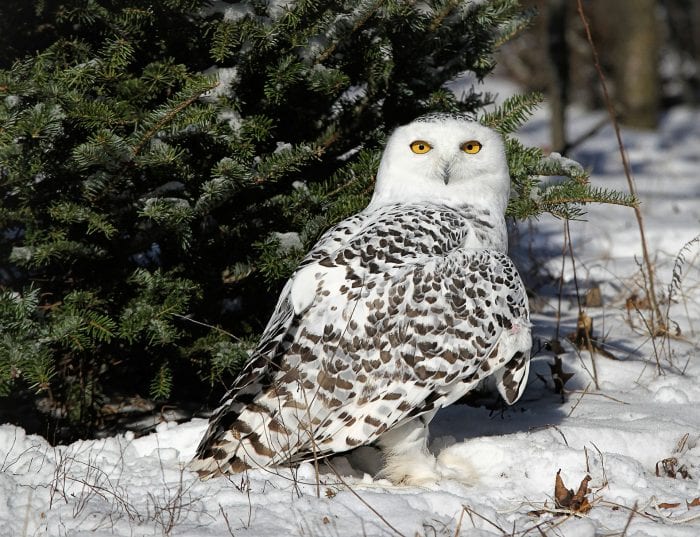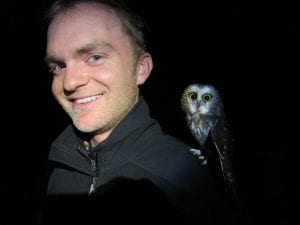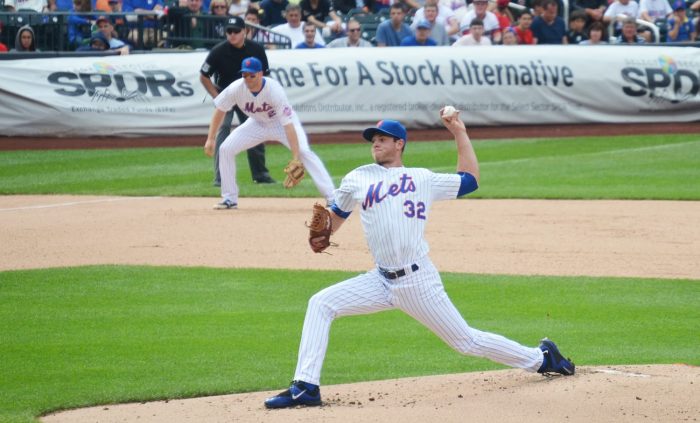They worked considerably longer hours, sometimes alongside people who came to help from other parts of the state during a time of need. They buried their own family members, sometimes urging out-of-state relatives to stay where they were. They counted the number of people who entered their funeral homes, making sure they complied with changing rules about the number of people allowed at the time.
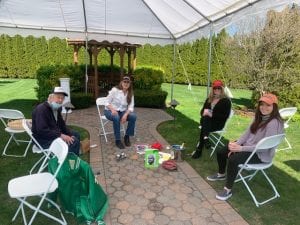
And, as with many other businesses, funeral directors maneuvered through the challenges of procuring personal protective equipment and supplies during the difficult and tragic early months of the pandemic.
Funeral homes, which have sometimes been described as the “last responders,” have had to react to changing state regulations, protecting the families of those who come to pay their final respects — and their own staffs.
During prepandemic times, “we might have had three or four wakes at one time,” said Fred Bryant, president of East Setauket-based Bryant Funeral Home. “That doesn’t happen now.”
Bryant converted three rooms into one large room, which made it possible to have 50 percent of their capacity.
Sergio Benites, managing partner at Bryant Funeral Home, said the business has allowed between 80 and 90 people at a time in the facility.
Like other public gathering places, funeral homes initially could have up to 10 people. Over time, as the number of infections, hospitalizations and deaths declined, the state, through Gov. Andrew Cuomo’s (D) office, relaxed regulations, first increasing the limit to 33 percent of capacity and then raising that to the current 50 percent.
Even with the higher capacities, funeral home directors have sometimes asked people to wait for someone to leave the facility before allowing new people to enter.
“It happened more than several times,” said Michael Connell, who runs the M.A. Connell Funeral Home in Huntington Station which was started by his grandfather in 1923, five years after the Spanish flu pandemic. As with many other funeral homes during COVID-19, M.A. Connell has had mourners wait in line in the parking lot.
“When we reach our number, we make an announcement inside,” Connell said.
Indeed, funeral directors have received guidance from several organizations during the pandemic.
“It is encouraged that folks paying respects keep the time in the chapel to a minimum,” wrote Michael Gorton Jr., president of the Nassau-Suffolk Funeral Directors Association, in an email. “Pay your respects, offer condolences, have a comfortable conversation and be considerate of those who may be waiting to come in and pay respects. Because of capacity limits, there could be people waiting outside the building.”
During the worst of the pandemic, Gorton, who is a licensed funeral director at McManus-Lorey Funeral Home in Medford, said funeral directors from outside Long Island came to the area to help.
“The governor’s office allowed us to ‘deputize agents’ and allow nonlicensed people to help us with transfers as long as they were under the direct supervision of a licensed funeral director,” Gorton added.
“People are tending to come and go at a faster rate. People are aware of the fact that other people may want to come in.”
— Peter Moloney
Funeral directors appreciate how mourners have understood the circumstances of the pandemic and have shortened the time they spend on site.
“People are tending to come and go at a faster rate,” said Peter Moloney, co-owner of Moloney Family Funeral Homes, which has eight locations, including in Port Jefferson Station and Hauppauge. “People are aware of the fact that other people may want to come in.”
Some families have chosen to reduce the number of people who attend funerals, asking relatives who might be coming in from out of state to join the service through live streaming.
When Connell’s mother Betty Ann died in May, he said his family went through the same difficult decision that hundreds of other families have had to make.
“We decided we weren’t even going to have a public wake,” Connell said. “We had 10 people attend [who were all] immediate family.”
The Connells spent an hour visiting at the funeral home, had a short prayer service and then went to the graveside. Some people met the family in the parking lot and followed in the procession, without getting out of their cars at the cemetery.
Connell’s father, John, who had been married to his wife for close to 60 years, visited with his grandchildren, in a socially distanced setting, at his house.
Like many others, Connell has not set a date for a celebration and memorial for his mother’s life.
“Until we know we’re home free [with the virus], we’re not going to start the planning process,” he said.
Benites said Bryant Funeral Home still has about a dozen families that have postponed a larger event for their loved ones.
“They still aren’t ready” for any larger or more elaborate gathering as a part of a memorializing event,” Benites said. “When they’re ready, we’ll go back and try to give them a celebration of life.”
At times, grieving families have also had to wait to hold a service until close members of the family either have recovered from quarantine or have tested negative for COVID-19.
Benites said around three to five families are waiting for their next of kin to finish quarantine before they hold a service.
While these funeral homes are accustomed to thorough cleaning efforts, directors and owners said they have also complied with rules regarding disinfecting their sites between visits.
Funeral homes, some of which have held services for more than one member of the same family over the past year during the pandemic, have provided their customers and visitors with help managing their grief.
“We have more grief literature available to families during this time,” Moloney said. “The COVID pandemic has been very disruptive to the grief process. We’re all aware of the fact that people are grieving differently today.”
After all the challenges of the pandemic, funeral directors anticipate that more residents on Long Island and throughout the country will likely consider preplanning funerals.
“After we go through COVID, there will be a more obvious increase in the numbers of preplanned funerals,” Benites said.

